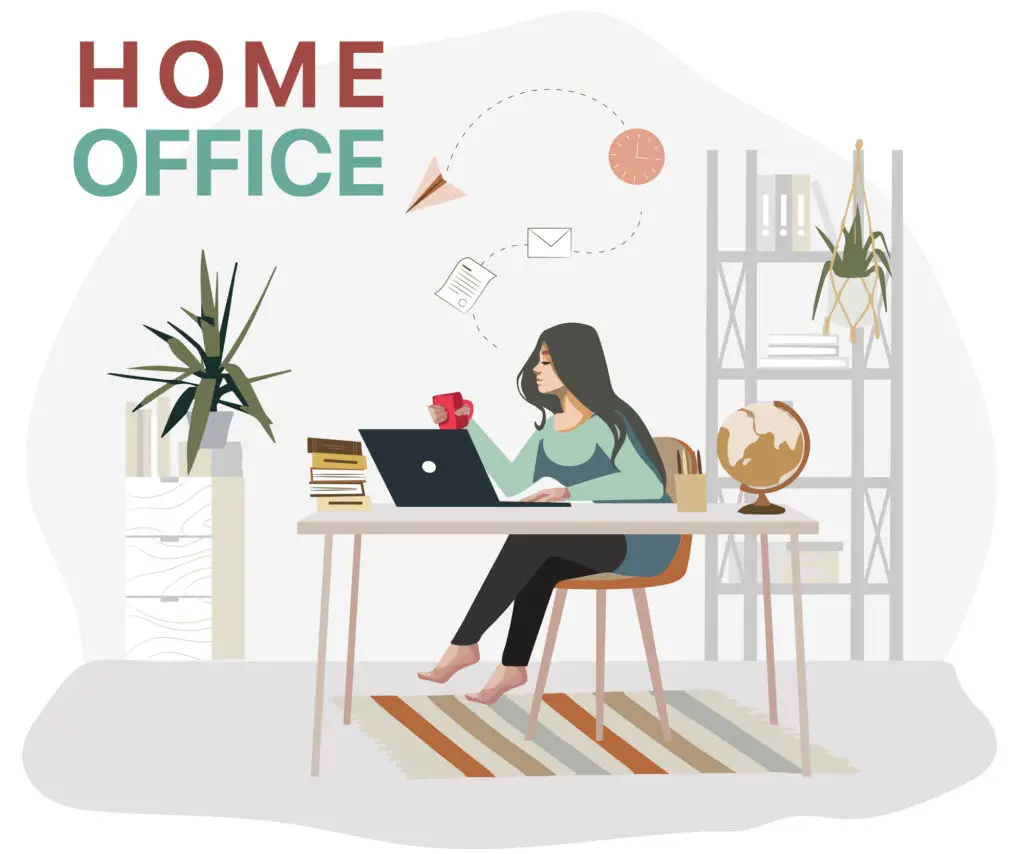 Last year, Fundera reported that 50% of all businesses in the U.S. operate from home, and that 60% of home-based businesses are “nonemployer” businesses. What’s more, 69% of start-ups begin at home. Many small business owners may be able to take a tax deduction for business use of their home.
Last year, Fundera reported that 50% of all businesses in the U.S. operate from home, and that 60% of home-based businesses are “nonemployer” businesses. What’s more, 69% of start-ups begin at home. Many small business owners may be able to take a tax deduction for business use of their home.
Last year, the IRS reported that in 2020 (the most recent year for statistics), of the 28.4 million sole proprietors who filed Schedule C with their Form 1040, 11.1 million claimed a home office deduction. But there are situations that prevent the write-off.
Here are 5 traps:
Trap 1: Mixing business with pleasure in the office space
The home office space must be used for business “regularly and exclusively.” It can’t be space that’s also used for personal purposes, such as your kitchen table or the family’s media room. Recently, the Tax Court said that if space is used to conduct both a business and a hobby, no home office deduction can be claimed. A hobby activity run in the same space prevents the business from claiming the home office deduction.
Trap 2: Being an employee
The home office deduction cannot be claimed by an employee at this time because of the suspension of the deduction for miscellaneous itemized deductions subject to the 2%-of-adjusted-gross-income floor through 2025. So, for example, if you are the owner of an S corporation and run the business from your home, you can’t take a home office deduction. You can, however, have the business use an accountable plan to reimburse you for some expenses (e.g., internet access) of your office.
Trap 3: Having another business location
The home office deduction is mainly limited to those who use their home as their principal place of business. Having an office in another location and choosing to do work from home does not support a deduction. But you may claim a home office deduction if you:
- Work primarily at customer locations, as long as you do “substantial administrative tasks” from home, such as keeping the books and scheduling appointments so that your home office is viewed for tax purposes as your principal place of business.
- Use the home as a place to physically meet or deal with patients, clients, or customers in your home in the normal course of your business, even though you also carry on business at another location (but simply making phone calls from home won’t do it).
- Have a separate free-standing structure, such as a studio, workshop, garage, or barn.
Trap 4: Having the business pay rent
If your business is incorporated, you can have the corporation pay rent for use of your home office space. The corporation can deduct the rent. But this doesn’t help. You must report the rent as income and can’t take a home office deduction as an offset (because you’re an employee).
Trap 5: Failing to consider the impact of the deduction on other tax rules
The home office deduction reduces net earnings from self-employment. This has both good and bad consequences.
- The good. The deduction reduces what’s paid in self-employment tax. For example, if you claim the maximum deduction of $1,500 using the IRS simplified method, you save about $230 in self-employment tax. But this is without regard to the deduction of one-half the tax, so the tax savings are modest. The deduction also reduces what’s paid in the additional Medicare tax of 0.9% on net earnings, which amounts to another $14 in savings due to the home office deduction.
- The bad. Contributions to qualified retirement plans for self-employed individuals (i.e., those eligible for a home office deduction) are based on net earnings from self-employment. Thus, for example, it reduces the deductible contributions to a SEP or 401(k) plan.
Final thought
Alfred Nobel, inventor of dynamite who bequeathed his fortune to create the Nobel Prize, said “Home is where I work, and I work everywhere.”
As I’ve said before, there’s no place like home…for finding tax deductions. For more information about the home office deduction, look at my latest book J.K. Lasser’s Small Business Taxes 2024 (for 2023 returns and year-round tax planning) and IRS Publication 587, Business Use of Your Home.
Find more blogs written about the home office deduction here.


